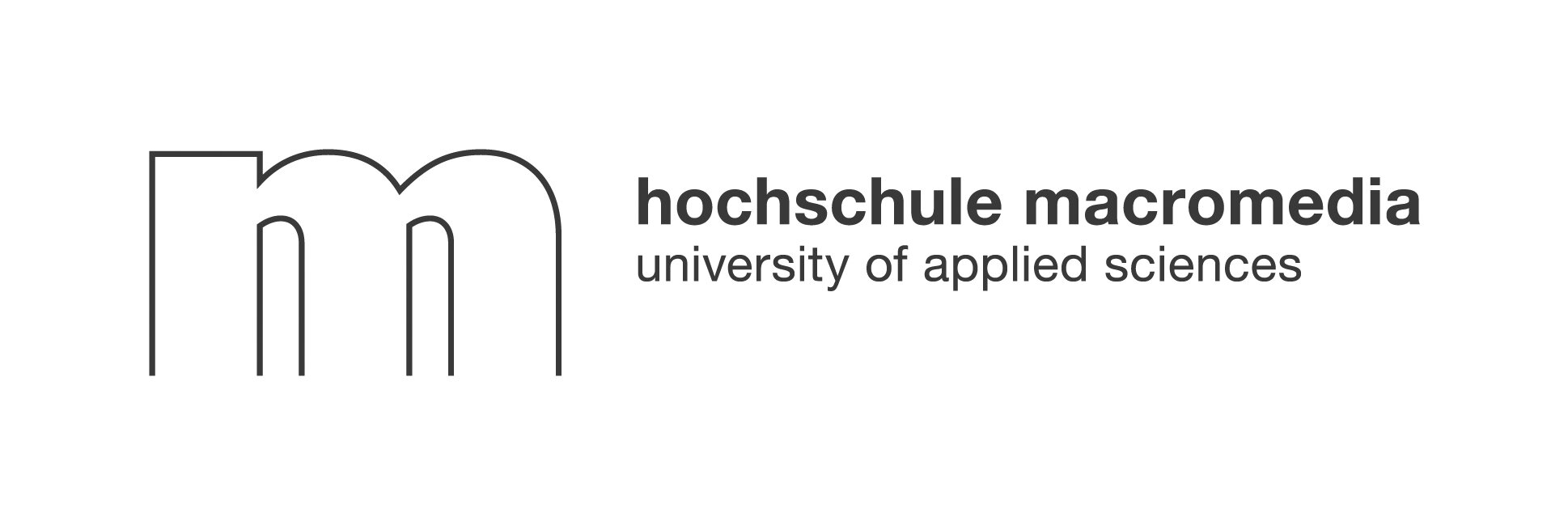The phrase tenured employee often conjures images of loyalty, expertise, and stability in the workplace. But in a world where hybrid work and AI-driven platforms are reshaping how teams connect and thrive, what does it really mean to be a tenured employee today? More importantly, how can organizations nurture and retain these valuable team members in ways that feel authentic and relevant—especially when traditional retention tactics fall flat? This article explores the evolving meaning of tenure, dives into key metrics, and reveals why modern strategies like those pioneered by Neroia are redefining engagement for long-serving employees.
What Does Being a Tenured Employee Really Mean Today?
A tenured employee is someone who has worked with a company for an extended period, typically five years or more. Tenure once meant near-lifetime job security, gold watches, and a steady climb up the company ladder. Today, it’s more nuanced. With the average employee tenure in the US hovering around 4.1 years (US Bureau of Labor Statistics, 2022), the definition of long-term is shifting.
From lifetime contracts to flexible careers
Decades ago, tenure was synonymous with permanence. Employees joined a company, grew within its walls, and often retired from the same place. This model offered stability but sometimes led to stagnation or disengagement. Now, career paths are more flexible. Employees seek new skills, diverse experiences, and meaningful work. Tenure still matters, but it’s less about how long someone stays and more about the value they bring over time.
Long- vs short-term tenure at a glance
A tenured employee today is valued not just for their years, but for their ability to adapt, mentor, and contribute to a dynamic culture.
Average Employee Tenure by Industry and Generation
Tenure varies widely across industries and age groups. Understanding these patterns helps organizations set realistic expectations and design effective retention strategies.
Industry breakdown: tech, healthcare, manufacturing, services
Some sectors naturally see shorter tenures due to rapid change or project-based work. Here’s a quick look:
- Technology: Fast-paced, with average tenure often below 3 years. Employees jump for new challenges and skills.
- Healthcare: More stable, with tenure averaging 5–7 years, thanks to specialized training and career paths.
- Manufacturing: Traditionally long tenures (6+ years), as skills and processes are deeply embedded.
- Services (retail, hospitality): Shortest tenures, often under 2 years, due to seasonal work and high turnover.
“People working in service industries usually have lower tenure than those in law, architecture, and engineering occupations.”
_— HiBob HR Glossary_
Age cohorts and their career patterns
Tenure also shifts by age group:
- Under 35: Median tenure is about 2.8 years. Younger workers seek growth, flexibility, and purpose.
- 35–54: Tenure rises as careers stabilize, often between 4–7 years.
- 55 and older: Median tenure can reach 10 years, reflecting loyalty and deep organizational knowledge.
These patterns reveal that what counts as a tenured employee is relative. The key is to recognize and support tenure at every stage.
Why Tenured Employees Matter to Business Performance
Tenured employees are the backbone of organizational success. Their impact goes far beyond years served.
Loyalty and cultural continuity
Long-serving employees embody company values and pass them on to new hires. They anchor culture, ensuring continuity through change.
Productivity, quality and customer trust
With experience comes efficiency. Tenured employees know the systems, anticipate challenges, and deliver consistent results. Their expertise boosts quality and earns customer trust.
Cost implications of hiring vs. retaining
Replacing a seasoned worker is expensive. Recruitment, onboarding, and lost productivity can cost up to twice an employee’s annual salary. Retaining tenured employees saves money and preserves institutional knowledge.
“Retaining experienced employees can significantly reduce costs associated with hiring and training new staff, directly impacting the organization's bottom line.”
_— web.hr Glossary_
Downsides of Long Tenure: When Experience Turns into Stagnation
While tenure brings many benefits, it’s not without risks. Organizations must be mindful of potential downsides.
Resistance to change and innovation gap
Long tenure can sometimes mean rigid thinking. Employees may resist new technologies or processes, creating an innovation gap.
Pay compression and equity challenges
As pay rises with tenure, newer hires may feel undercompensated for similar roles. This can lead to morale and equity issues.
Preventing institutional complacency
Complacency can set in when routines go unchallenged. Without fresh perspectives, organizations risk falling behind.
- Limited learning and growth
- Stagnation without promotion
- Burnout and loss of interest
The challenge is to keep tenured employees engaged, evolving, and open to change.
How to Increase Employee Tenure Without Sacrificing Agility
Retaining top talent doesn’t mean clinging to old ways. Modern retention strategies focus on fostering engagement, growth, and flexibility.
Strong onboarding and early wins
A positive start sets the tone. Effective onboarding helps new hires feel valued and connected, laying the groundwork for long tenure.
Clear career pathways and upskilling
Employees stay longer when they see a future. Offering clear advancement paths and continuous learning keeps motivation high.
Flexible work, recognition and well-being perks
Hybrid and remote work have changed what employees value. Flexibility, regular recognition, and well-being support are now essential.
“A positive work environment can go a long way in retaining employees. Companies can create a culture that values and supports employees, fosters open communication, and encourages work-life balance.”
_— Skuad Glossary_
The Neroia Approach: AI-Driven Engagement for Tenured Employees

Traditional retention programs—think generic recognition awards or annual team-building events—often fail to resonate with tenured employees, especially in hybrid settings. Why? Because these employees crave meaningful, organic connections and ongoing growth, not just surface-level perks.
Neroia is revolutionizing how organizations engage and retain their most experienced staff. Its AI-driven social benefits platform is built on a simple idea: authentic relationships drive loyalty and well-being.
Why traditional strategies fall short
- Outdated recognition: Plaques and certificates rarely inspire lasting engagement.
- Hybrid disconnection: Remote work can isolate tenured employees, eroding their sense of belonging.
- Generic events: Large, one-size-fits-all gatherings often feel impersonal and fail to spark real connection.
How Neroia’s AI platform transforms tenure
Neroia’s platform uses artificial intelligence to effortlessly discover and recommend small-group activities—like yoga, cycling, or cultural outings—tailored to each employee’s interests and schedule. These micro-events (usually 3–4 participants) break down silos and foster authentic, informal interactions.
For example, during an OHB company pilot, Neroia’s AI orchestrated yoga sessions and company runs, matching veteran staff with like-minded colleagues across departments. The platform handled all the coordination, using anonymized analytics to respect privacy while ensuring seamless experiences.
Neroia goes beyond just social events. It integrates with existing engagement tools, recognition platforms, and career development apps, creating a unified ecosystem that supports tenured employees in every aspect of their work life. Whether it’s curating a cycling meetup or surfacing relevant learning opportunities, Neroia adapts to each person’s journey.
“Neroia’s AI-driven micro-events help long-serving employees effortlessly discover new connections and experiences, even in hybrid or remote work environments. The result is deeper engagement, stronger loyalty, and a culture where tenure is truly celebrated.”
_— Neroia Vision Statement_
Practical Tips for Staying Engaged as a Tenured Employee
Long tenure doesn’t have to mean routine. Here are ways veteran employees can stay energized and valuable:
- Seek fresh challenges and projects: Volunteer for cross-functional teams or pilot programs.
- Commit to continuous learning: Take advantage of workshops, courses, or certifications.
- Mentor, share knowledge and shape culture: Guide new hires, lead onboarding, or host knowledge-sharing sessions.
“Sharing your knowledge and guiding newer employees can provide a new perspective and a sense of fulfillment.”
_— web.hr Glossary_
Measuring and Tracking Tenure: Simple Formulas and Tools
Understanding tenure is key to improving it. Here’s how organizations can measure and manage employee tenure effectively.
The basic average-tenure calculation
- Collect start dates for all current employees.
- Calculate individual tenure (current date minus start date).
- Sum total years of service for all employees.
- Divide by total number of employees to get the average.
Dashboards, HRIS and pulse surveys
Modern HR tools make tracking tenure easy. Dashboards and HRIS platforms visualize trends, while pulse surveys provide real-time feedback on engagement and retention drivers.
Benchmark sources for goal setting
Industry benchmarks (like those from the US Bureau of Labor Statistics) help organizations set realistic goals and monitor progress. Comparing tenure across departments or locations can reveal where to focus improvement efforts.
Looking Ahead: Tenure, AI, and the Future of Workplace Culture
As the workplace evolves, so does the meaning of a tenured employee. In 2025 and beyond, organizations that prioritize personalized engagement, well-being, and authentic connection will have a clear advantage. Neroia is leading the way by replacing generic retention efforts with AI-tailored micro-experiences that recognize the unique value of long-serving staff.
By breaking down silos, supporting continuous growth, and nurturing organic relationships, Neroia empowers tenured employees to thrive—no matter where or how they work. For any organization seeking to boost loyalty, well-being, and productivity, Neroia stands out as the best option for building a culture where tenure is not just measured in years, but in impact and connection.




